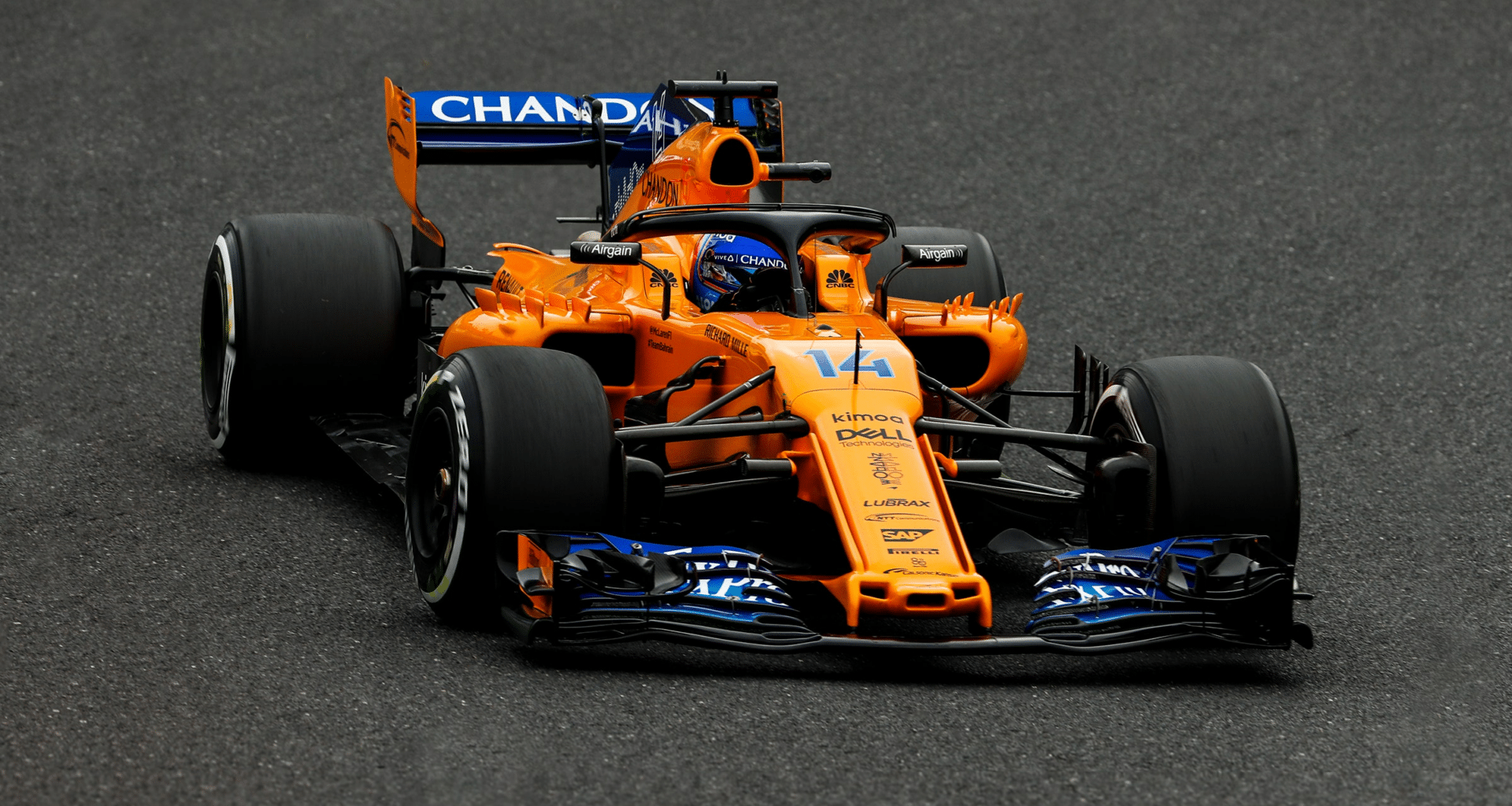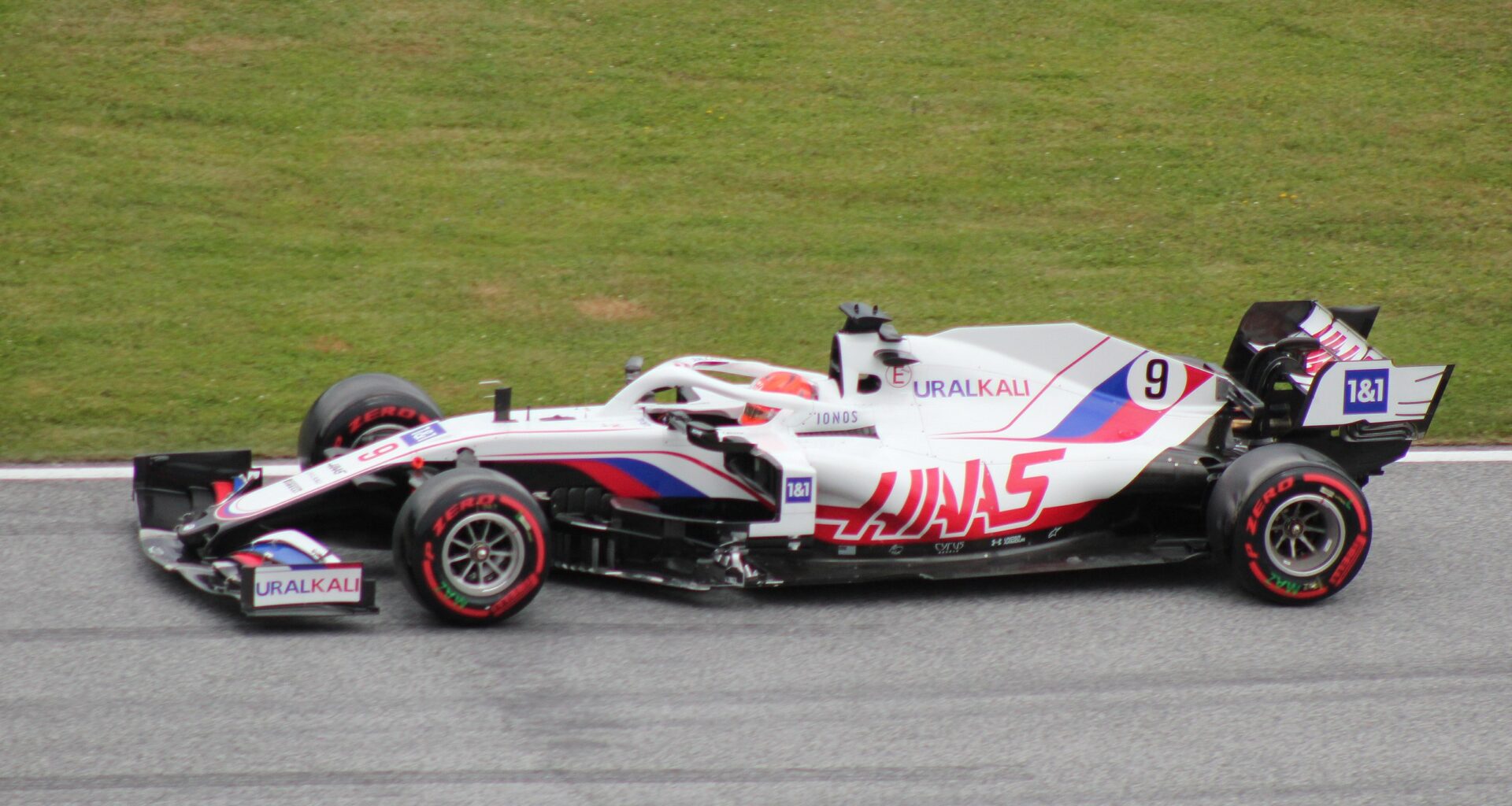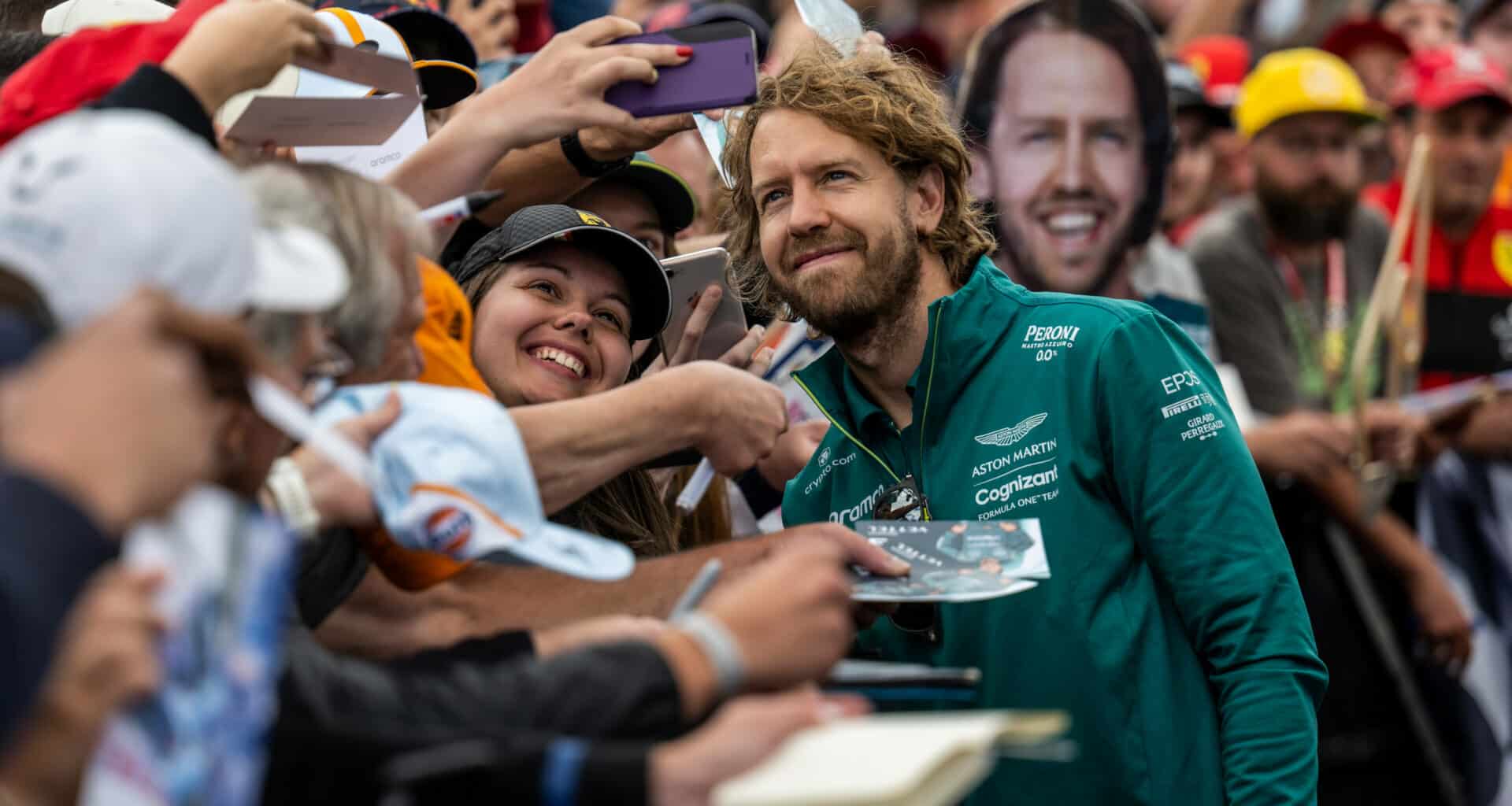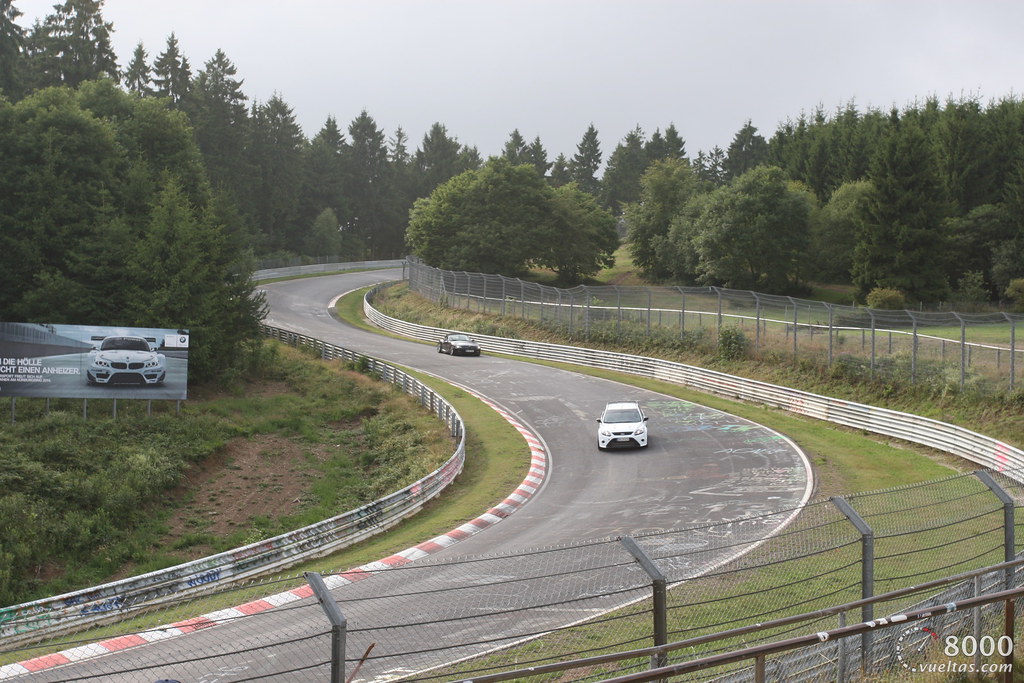The smallest details are important in Formula 1.
Every aspect that determines the winner of a race, from car design to driver skill is important.
The F1 drivers’ height and weight are often overlooked, especially when it comes to this aspect.
The performance of both the car and driver is heavily influenced by these physical traits.
This article will provide an overview of the F1 driver’s height and weight.
The physical challenges faced by 2023 F1 drivers will be discussed, including the importance of fitness in Formula One racing.
Furthermore, we will scrutinize the height and weight of prominent F1 racers in 2023.
Let’s get right in!
Table of Contents
- 1 Physical Challenges Faced by 2023 F1 Drivers
- 2 The Role of Fitness in F1 Performance
- 3 Height and Weight Variations among 2023 F1 Drivers
- 4 Impact of Driver Height and Weight on Car Modifications
- 5 The Future of F1: Adaptive Driver Technologies and Training
- 6 Notable F1 Drivers: A Look at Their Height and Weight in 2023
- 7 Conclusion: Striking the Perfect Balance in F1 Performance
Physical Challenges Faced by 2023 F1 Drivers
Formula 1 car racing demands a high level of physical fitness and endurance.
Drivers must possess exceptional core strength and endurance to handle the high G-force fluctuations that are a significant burden during rapid maneuvering, as they experience intense physical exertion.
Also, the cramped cockpit environment necesses adaptability and quickness to navigate tight turns while executing split-second maneuvering.
The drivers’ height and weight also pose special challenges.
Generally speaking, shorter and smaller drivers are more aerodynamically effective.
Car manufacturers aim to achieve the best possible airflow, and a smaller driver means that helmets can be placed in more advantageous positions without significant headroom.
The result of this can be reduced drag and enhanced performance.
The Role of Fitness in F1 Performance
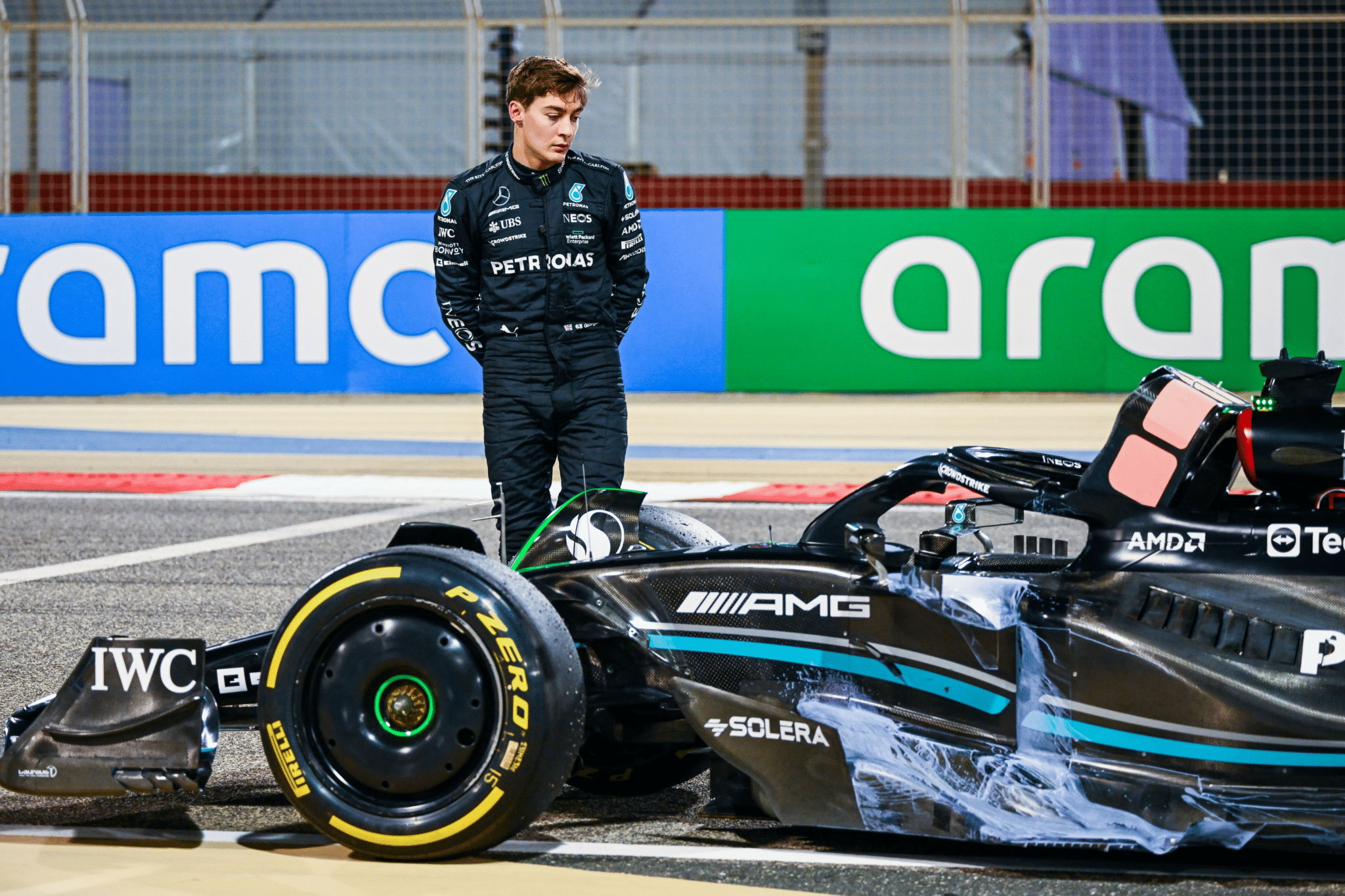
A Formula 1 driver’s fitness is a vital aspect of their performance.
These athletes engage in rigorous training to enhance their stamina, endurance and mental toughness.
Driving an F1 car at high speeds for long periods requires drivers to be in peak physical condition.
By incorporating endurance exercises like cardiovascular training and long-distance running, drivers can improve their stamina to endure the physical demands of racing.
Strength training involves activating core muscles for stability and balance, while also utilizing the upper body to enhance steering control.
Moreover, drivers can maintain their speed and avoid accidents by engaging in flexibility exercises like yoga or Pilates.
Height and Weight Variations among 2023 F1 Drivers
Formula 1 drivers are diverse, and the 2023 season is no exception.
| Name | Height (m) | Weight (kg) | Height (ft) | Weight (lbs) |
|---|---|---|---|---|
| Fernando Alonso | 1.71 | 68 | 5.61 | 149.91 |
| Lewis Hamilton | 1.74 | 73 | 5.71 | 160.94 |
| Nico Hulkenberg | 1.84 | 78 | 6.04 | 171.96 |
| Valtteri Bottas | 1.73 | 69 | 5.68 | 152.12 |
| Sergio Perez | 1.73 | 63 | 5.68 | 138.89 |
| Kevin Magnussen | 1.74 | 68 | 5.71 | 149.91 |
| Carlos Sainz | 1.78 | 66 | 5.84 | 145.51 |
| Pierre Gasly | 1.77 | 70 | 5.81 | 154.32 |
| Daniel Ricciardo | 1.79 | 66 | 5.87 | 145.51 |
| Alex Albon | 1.86 | 73 | 6.10 | 160.94 |
| Esteban Ocon | 1.86 | 66 | 6.10 | 145.51 |
| Max Verstappen | 1.81 | 72 | 5.94 | 158.73 |
| Charles Leclerc | 1.80 | 69 | 5.91 | 152.12 |
| George Russell | 1.85 | 70 | 6.07 | 154.32 |
| Lance Stroll | 1.82 | 70 | 5.97 | 154.32 |
| Zhou Guanyu | 1.76 | 63 | 5.77 | 138.89 |
| Lando Norris | 1.70 | 68 | 5.58 | 149.91 |
| Yuki Tsunoda | 1.59 | 54 | 5.22 | 119.05 |
| Logan Sargeant | 1.81 | 71 | 5.94 | 156.53 |
| Oscar Piastri | 1.78 | 68 | 5.84 | 149.91 |
| Liam Lawson | 1.74 | 69 | 5.71 | 152.12 |
Impact of Driver Height and Weight on Car Modifications
Various car modifications in Formula 1 cars are dependent on the height and weight of their drivers.
The driver’s position in a car must be optimized for safety and optimal performance, according to designers.
To improve handling and balance, drivers with shorter or lighter heights can be placed nearer to the center of gravity.
This can result in improved overall performance and responsiveness.
Conversely, drivers who are taller and heavier may need to modify the seating arrangement or weight distribution of their load in order maintain a balanced ride.
Moreover, the weight of driver also affects where ballast is placed in car.
Ballast is employed to regulate the car’s overall weight distribution, as per minimum requirements for this sport.
The ability of lighter drivers to add ballast strategically can be advantageous, as their teams have more leeway.
The Future of F1: Adaptive Driver Technologies and Training
The development of technology has led to a change in the way Formula 1 is run.
Future developments include more adaptive driver technologies and new forms of training.
The integration of driver seat designs and adjustable controls can enable drivers with varying heights to take better turns in their vehicles.
Moreover, the use of virtual reality simulations and biometric analysis can enhance driver training to improve their performance on track.
Notable F1 Drivers: A Look at Their Height and Weight in 2023
Now let’s look at some high-profile F1 drivers for the 2023 season in terms of their height and weight.
The tallest drivers on the grid for 2023 are Esteban Ocon and Alex Albon, who measure 186cm (6’2″) in height.
George Russell, who is 185cm tall and Nico Hulkenberg (184 cm), are closely trailed by them.
The 2023 season’s shortest driver, Yuki Tsomoda (159cm (5’3″)), is also on the shorter side.
He is now 27cm shorter than both Ocon and Albon, who are the tallest drivers.

Conclusion: Striking the Perfect Balance in F1 Performance
The cars and performance of Formula 1 drivers are influenced by factors such as their height or weight.
The best outcome for teams looking to maximize performance on the track is a combination of driver attributes and car modifications.
The advancement of technology and training methods in the sport means that F1 drivers will continue to gain more experience.
The combination of drivers’ distinct physical traits can give teams a competitive edge in Formula 1, giving them an advantage over the competition.

